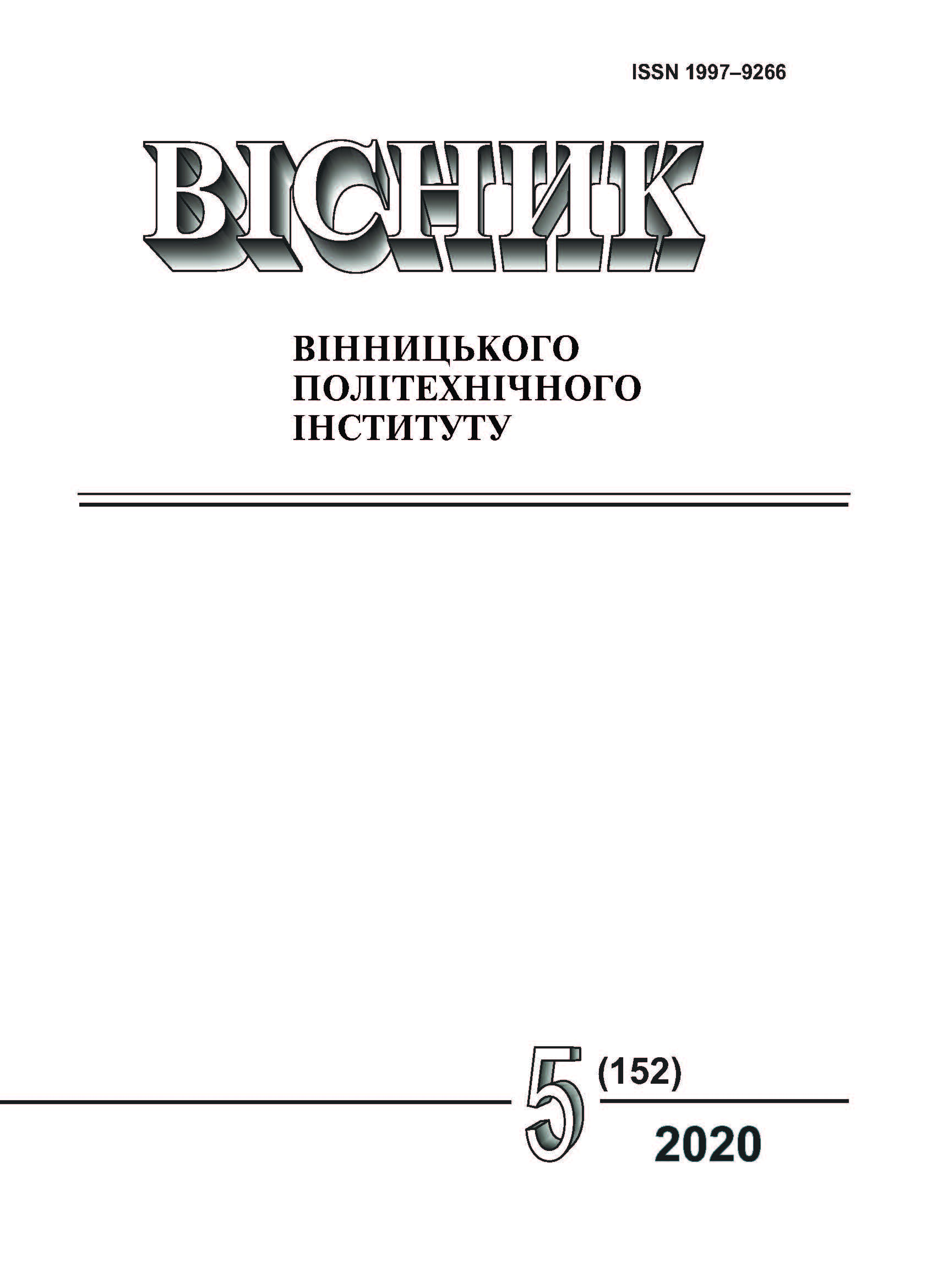Investigation of Impulse Processes on a Cognitive Map to Determine Changes in the Level of Security of the Information Security System
DOI:
https://doi.org/10.31649/1997-9266-2020-152-5-56-62Keywords:
information security system, threat, security, fuzzy cognitive map, impulse processAbstract
A characteristic feature of the XXI century is the introduction of highly intelligent information technology in all spheres of public activity, which creates a number of dangers associated with the rapid development of various threats. Therefore, issues related to ensuring the reliable and secure operation of information protection systems and increasing their level of security are currently relevant. To solve these problems, it is important to identify threats in a timely manner, while establishing a change in the level of security of the studied system. In this regard, it is proposed to conduct a study of impulse processes on a fuzzy cognitive map to determine changes in the level of security of the information security system. This technique is based on the propagation of the impulse introduced into the concept (or several concepts) of the cognitive map, which spreads through the system amplifies or fades.
To achieve this goal, a matrix of transitive closure is formed, which reflects the change in the state of each system concept at the time of stabilization of the pulse process. The analysis of this matrix allowed for simple pulse processes with certain initial vertices to establish a change in the level of security of the information security system. In addition, the most important concepts of the cognitive map have been identified, which as a result of the impulse process will have the greatest impact on the security of the studied system. To automate pulse modeling, a software tool has been developed that allows to visualize the evolutionary development of the system when introducing perturbations into a concept or several concepts of the cognitive map.
The results of this study will improve the forecasting of situations in the implementation of potential threats, which, in turn, will increase the effectiveness of timely decisions aimed at improving the security of the information security system.
References
В. В. Корчинський, Халед Аль-Файюми, Ю. В. Копитін, і М. В. Копитіна, «Ризики інсайдерських загроз в системах захисту інформації підприємств,» Наукові праці ОНАЗ ім. О. С. Попова, № 2, с. 112-116, 2019.
М. Л. Соловьев, Т. Е. Минеева, А. А. Конев, и Д. Н. Буинцев, «Модель угроз безопасности, возникающих при управлении системой защиты информации,» Доклады ТУСУР, т. 22, № 3, с. 31-36, 2019.
Д. Мехед, Ю. Ткач, і В. Базилевич, «Дослідження технологій впливу та методів протидії фішингу,» Захист інформації, т. 21, № 4, с. 246-251, 2019.
F. Weijian, T. Xiaoling, and W. Dominic, «Research on machine learning method and its application technology in intrusion information security detection,» Journal of Intelligent & Fuzzy Systems, vol. 38, no. 2, pp. 1549-1558, 2020.
M. Humayun, M. Niazi, N. Jhanjhi, M. Alshayeb, and S. Mahmood, «Cyber Security Threats and Vulnerabilities: a Systematic Mapping Study,» Arabian Journal for Science and Engineering, vol. 45, pp. 3171-3189, 2020.
P. T. Figueira, C. L. Bravo, and J. L. R. López, «Improving information security risk analysis by including threat-occurrence predictive models,» Computers & Security, vol. 88, pp. 1-9, 2020.
О. В. Салієва, і Ю. Є. Яремчук, «Визначення рівня захищеності системи захисту інформації на основі когнітивного моделювання,» Безпека інформації, № 1, с. 42-49, 2020.
B. Kosko, «Fuzzy Cognitive Maps», International Journal of Man-Machine Studies, vol. 24, no. 1, pp. 65-75, 1986.
Ф. С. Робертс, Дискретные математические модели с приложениями к социальным, биологическим и экологическим задачам. Москва: Наука, 1986, 496 с.
Downloads
-
PDF (Українська)
Downloads: 115
Published
How to Cite
Issue
Section
License

This work is licensed under a Creative Commons Attribution 4.0 International License.
Authors who publish with this journal agree to the following terms:
- Authors retain copyright and grant the journal right of first publication.
- Authors are able to enter into separate, additional contractual arrangements for the non-exclusive distribution of the journal's published version of the work (e.g., post it to an institutional repository or publish it in a book), with an acknowledgment of its initial publication in this journal.
- Authors are permitted and encouraged to post their work online (e.g., in institutional repositories or on their website) prior to and during the submission process, as it can lead to productive exchanges, as well as earlier and greater citation of published work (See The Effect of Open Access).





